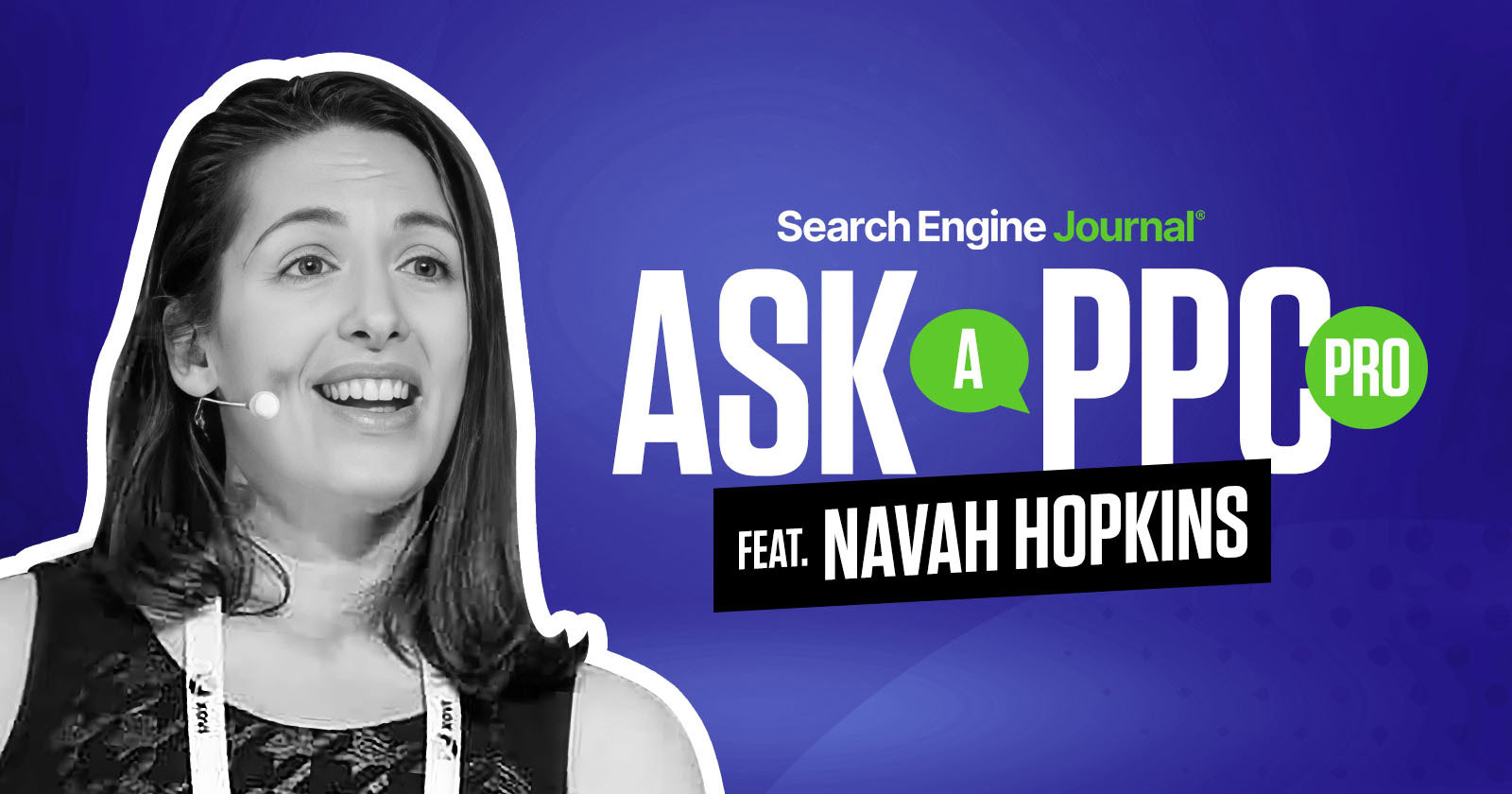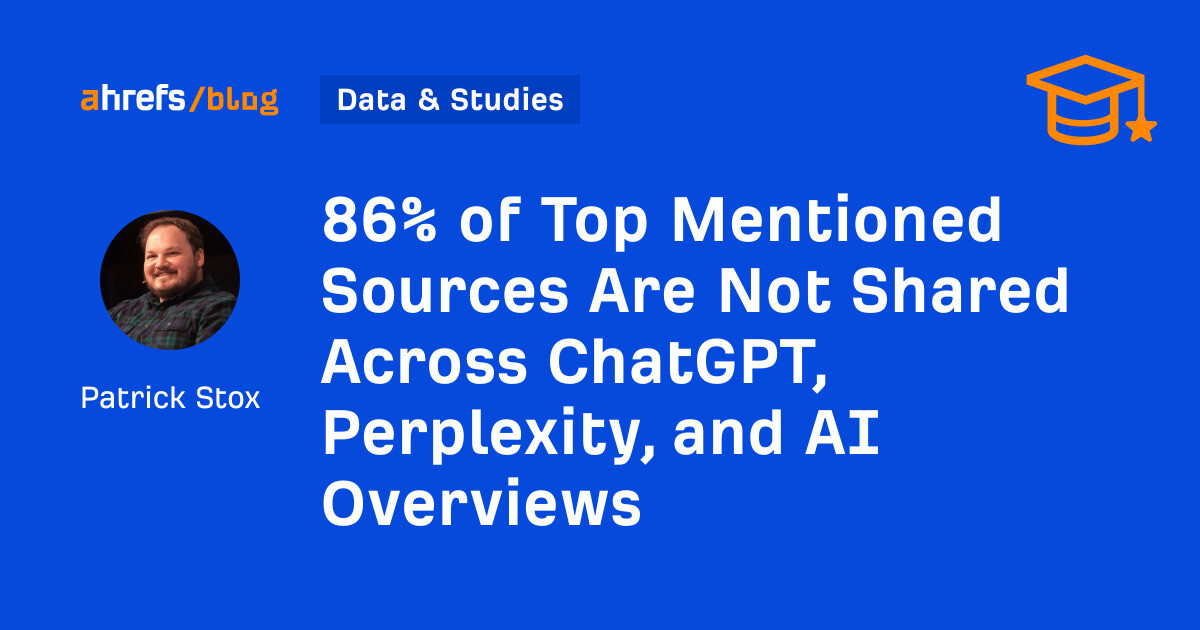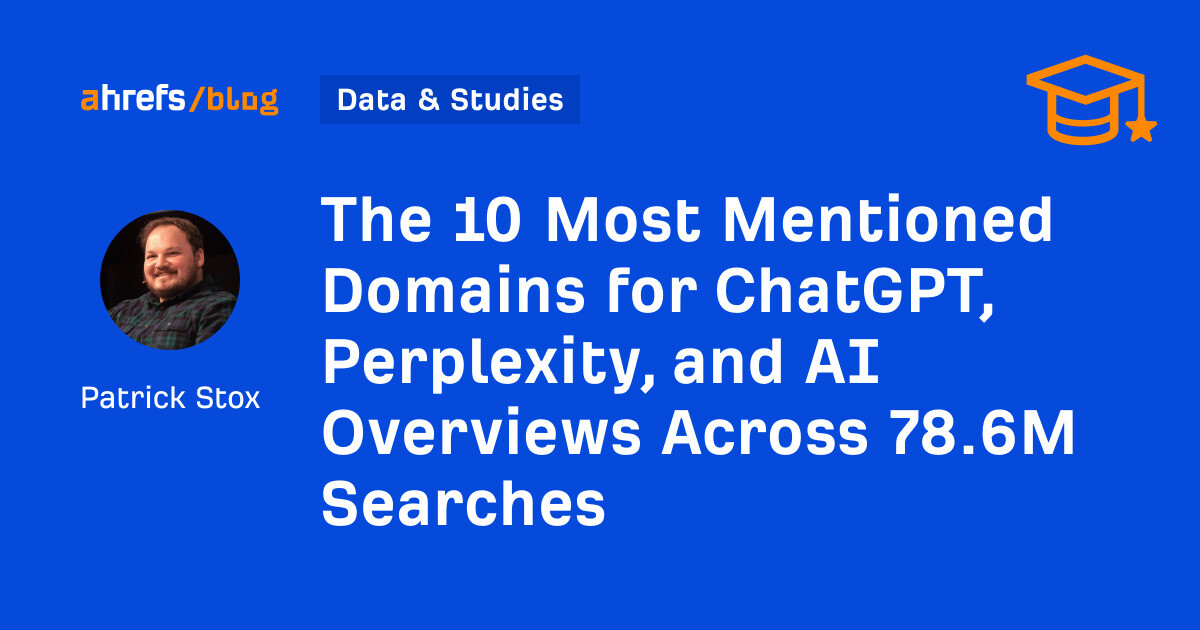Measure brand health accurately with AI sentiment analysis
Social media sentiment isn’t just a brand health indicator—it’s your early warning system, your campaign compass and your real-time pulse on culture. And if Read more... The post Measure brand health accurately with AI sentiment analysis appeared first on Sprout Social.
Social media sentiment isn’t just a brand health indicator—it’s your early warning system, your campaign compass and your real-time pulse on culture. And if you’re still relying on outdated tools, you’re not listening. You’re guessing.
Modern AI gets one thing right: it understands how people talk. While everyone is debating whether AI can think or create, it’s quietly mastering human language in ways older models never could. This matters for your brand because language reveals how customers truly feel about you—and that sentiment is digital gold.
Tracking sentiment metrics gives you an undeniable competitive edge. When real-time AI powers your sentiment analysis, you’re no longer reacting—you’re anticipating. You can improve customer experiences, stay ahead of competitors and build a stronger brand presence—all without the guesswork.
What is AI sentiment analysis?
AI sentiment analysis uses machine learning (ML) to identify and interpret emotions within text data (or textual data). This advanced approach can analyze sentiment more accurately than older, rule-based tools. The result? You know with confidence how customers actually feel about your brand, products and campaigns.
The difference between AI sentiment analysis and previous approaches is modern AI’s ability to instantly interpret emotional cues, sarcasm, slang and implied meaning within text. For example, if customers have mixed feelings about your product launch, AI sentiment analysis can flag it so you can address issues before negative sentiment spreads.
Types of sentiment analysis
Sentiment analysis is an application of natural language processing (NLP), a field of AI that focuses on helping computers interpret, analyze and generate human language. Early sentiment analysis relied on rule-based methods. This involved teams manually defining keyword lists or simple rules to classify emotions, labeling them as “bad,” “good,” “excellent” or “neutral” sentiment.
But this older approach often missed context and subtleties. For example, using “sick” as slang in a sentence might classify the text as negative:
“That performance was sick! The crowd went wild.”
Today, sentiment analysis uses advanced AI-driven natural language processing, often powered by machine learning algorithms and large language models (LLMs), including generative AI models (like those behind ChatGPT, BERT and Claude).
Unlike rule-based methods, these AI models use deep learning to learn from vast amounts of data, instantly analyzing the relationships between words, context, sentence structure, implications and emotions. This allows them to correctly interpret nuances—like the example using “sick” as slang—and flag it as positive.
This advanced capability also includes aspect-based sentiment analysis, which goes beyond simple positive or negative categories to reveal nuanced insights, such as “Customers love the color of the shirt but hate the fabric.”
How AI sentiment analysis works
AI sentiment analysis algorithms create a continuous customer feedback loop for your team by analyzing how audiences respond to your content, campaigns and products. This process transforms raw customer language into actionable insights.
AI sentiment analysis involves several key steps:
Step 1. Collect data
To ensure AI sentiment analysis delivers relevant, real-time insights, you need a tool that integrates with social media networks, review sites and forums through secure APIs—and can manage large volumes of incoming data. A platform like Sprout Social can help you accomplish this.
First, you’ll tell Sprout what to look for. If you’re analyzing a recent social media campaign, you’d set up keywords (your brand name, products, campaign hashtags or even influencer usernames) within Topics. It’s important to note this step isn’t about manually assigning overall sentiment—the AI handles that part. You’re just pointing it toward relevant discussions.
Once your keywords are defined, you can connect your relevant social profiles with Sprout’s Social Listening tool to automatically gather customer conversations about your campaign. The tool will collect tons of examples, from brief comments to detailed product reviews.

Sprout automatically cleans your data by removing duplicates, spam and noise, and you can fine-tune filtering through the Query Builder’s “Exclude Noise” option.

For analysis that reflects what your audience is thinking right now, always focus on recent data. Sprout automates real-time data collection to capture live reactions, but this isn’t about replacing human strategy—it’s about enhancing it with immediate, actionable insights.
As your team continuously reviews and reclassifies sentiment over time, Sprout’s AI constantly learns and evolves, adapting to your brand’s unique tone, audience and style.
Step 2. Evaluate performance
After data collection, the AI model powering your sentiment analysis tool gets to work. It identifies patterns in words, phrases, sentence structures and emotional cues, then categorizes everything by sentiment.
With Sprout, you can improve sentiment classification accuracy. Simply reclassify messages that were incorrectly categorized to refine your results.

The AI model learns from corrections and gets smarter over time. This feedback loop means your sentiment analysis becomes increasingly precise as you use it, adapting specifically to your brand’s unique context and audience language.
AI sentiment analysis tools to consider
Choosing the right sentiment analysis tool means finding one that matches your business needs. Consider your audience. Are most of your customer conversations happening on Instagram and TikTok? Then, you’ll want a tool with robust coverage there. If our audience uses regional slang in multiple languages, contextual accuracy becomes crucial. Are you trying to spot emerging issues before they become crises? You need in-depth analysis that surfaces subtle shifts in sentiment.
To help you find your ideal fit, consider these five leading AI sentiment analysis tools:
1. Sprout Social
Best for real-time, high-context social listening with slang, emojis and cross-platform nuance
Sprout Social excels at real-time, granular sentiment analysis specifically for social media networks and forums like Reddit. Its AI accurately interprets complex language, emojis and slang without manual setup. This precision delivers an average ROI boost of up to 233%.
2. InMoment + Lexalytics
Strong for survey and review-based sentiment analysis
InMoment + Lexalytics specializes in detailed sentiment analysis across dozens of languages. It excels at uncovering emotional intent from surveys and reviews. While it’s highly effective at analyzing in-depth feedback, it focuses on text sources, differentiating it from platforms designed for real-time social media analysis.
3. Medallia
Excels at sentiment analysis for diverse input types, including voice, video and SMS
Medallia offers broad sentiment detection across text, speech and video, collecting insights from sources such as surveys, SMS, news articles and voice conversations. While it provides comprehensive insights from a wide range of mediums, tools designed for social media monitoring and real-time social listening may offer more in-depth capabilities for those networks.
4. Qualtrics
Built for large-scale feedback and text classification
Qualtrics excels at categorizing large volumes of unstructured feedback and identifying trends across multiple languages. While it offers powerful capabilities for customer data, tools designed for social media networks provide specialized integration and analysis for social workflows.
5. Brandwatch
Provides trend visualization and keyword tracking for social media
Brandwatch offers effective sentiment tracking, specifically for social media, with visual dashboards that display trends and mentions. While it delivers social listening capabilities to understand audience conversations, tools that leverage advanced AI can offer AI-generated keyword suggestions and advanced emoji interpretation.
Social media is your most important source for sentiment analysis. It’s where you’ll find the authentic pulse of customer opinion. While this is the primary arena where your customers discuss your brand, its influence travels further. Even conversations that start on traditional media eventually surface on social feeds.
To capture and act on customer feedback, Sprout stands out for its real-time analysis, multilingual capabilities, emoji interpretation and workflow integration, which enable you to quickly adapt to always-changing customer sentiment.
5 ways to use AI sentiment analysis to work smarter on social
No matter how interesting it is, data for the sake of data is a waste of time. Instead, focus on using your sentiment analysis data to solve your company’s most pressing problems.
Consider these common challenges: improving low customer satisfaction, optimizing campaign spend based on customer opinions or maintaining an always-on read of brand sentiment to detect shifting perceptions ASAP.
Here are five key ways to leverage AI sentiment analysis and work smarter (not harder) on social media to address your unique pain points:
1. Enhance customer experiences
Every interaction with your brand shapes a customer’s experience—and customers frequently hop on social to share these experiences. Sentiment analysis helps you monitor these conversations on social feeds in real time. You can see what went right—or wrong—and use these insights to improve customer interactions.
Penn State Health used this exact approach. Its social media team leveraged Sprout’s AI sentiment analysis and Social Listening tool to proactively manage patient sentiment through customer support.

Penn State Health needed accurate, valuable insights into patient conversations to quickly detect issues, address concerns before they escalated and inform their content strategy to develop messaging that resonates with their audience.
Sprout’s solution continuously monitored conversations and tracked sentiment in real time. This allowed Penn State Health’s team to spot negative feedback, proactively engage patients and tailor their social strategy. They also used Sprout’s Smart Inbox to respond to social messages with a clear understanding of message sentiment provided by Sprout’s listening capabilities.
2. Bolster brand reputation
AI-powered sentiment analysis is a powerful way to catch micro-trends that might fly under the radar until they gain traction. These subtle shifts in customer conversations don’t just reveal emerging problems—they uncover unexpected opportunities to protect and enhance brand reputation.
By tracking changes in sentiment scores over time, social teams can anticipate when conversations are starting to trend positively or negatively before they go viral. A sudden spike in positive sentiment could indicate a campaign is gaining momentum. A sharp drop in sentiment (especially 10% or more in a single day) is an early warning sign of potential backlash. Sprout’s Spike Alerts are designed to detect these shifts instantly, empowering teams to predict virality or get in front of crises with speed and accuracy.
For example, HangarFour leveraged Sprout’s Social Listening tool during a client BeautyCon event. Realizing no one was monitoring online conversations around the client’s booth, the team quickly created queries to capture mentions, identify active micro-influencers and analyze popular content.
The insights they gained included total conversation volume trends, a list of emerging micro-influencers, examples of shared content and a visual word cloud of keywords and hashtags. This data empowered them to engage with micro-influencers at the event, build targeted lists for future collaboration and develop themes for upcoming campaigns.
This deep level of insight lays the foundation for a truly proactive approach, equipping social, comms and even product teams to collaboratively monitor shifts, coordinate rapid responses and update messaging in real time.
Sprout’s 2025 Content Benchmarks Report offers vital insights. For example, publishing volume across industries dipped slightly in 2024, while engagement and sentiment stayed strong—a testament to the fact that it’s not about posting more: it’s about posting more intentionally.
3. Check out the competition
Sentiment analysis gives you an incredible competitive advantage by revealing public opinion or how customers really feel about the competition.
For example, the building materials company James Hardie used AI sentiment analysis for competitor monitoring and market research. This competitive analysis enabled them to strategically position the company as a market leader. The team’s insights also uncovered common themes and emerging trends, which they shared beyond marketing with sales and product teams to guide broader business decisions.
You can conduct competitive monitoring with Sprout by creating topics for competitor brand names, products and campaigns.
4. Optimize campaign performance
Use sentiment analysis to optimize and track campaign impact in real time and make adjustments on the fly. For example, the Atlanta Hawks used a real-time sentiment analysis to monitor the launch of their Martin Luther King Jr. Nike City Edition jersey.
Their social team set up a dedicated Listening Topic in Sprout’s tool to track keywords and hashtags related to the jersey campaign.
Katie DuPre, the Hawks’ social strategy manager, recognized its immediate value: “A lot of internal stakeholders love seeing the Topic Insights Word Cloud and Sentiment Summary. When we launched the Martin Luther King Jr. Nike City Edition jersey earlier last season, it was met with 99% positive sentiment.”
The real power of sentiment analysis extends beyond simply measuring your wins. More critically, it provides insights to rapidly course-correct if things go wrong. For instance, had the Hawks’ social media team detected negative sentiment, they could have immediately identified problematic issues—like messaging or pricing—and adjusted their strategy fast.
5. Support faster crisis management
Protecting a brand’s reputation during a crisis is a high-pressure scenario for social teams that aim to handle it effectively. Success frequently hinges on how quickly you can assess the situation and respond. AI sentiment analysis provides that critical early warning system.
Consider Indiana University’s experience managing a controversy around insensitive social media posts on X (formerly Twitter) from a tenured professor. As the tweets gained traction, the university’s social team quickly set up a Listening Topic in Sprout to measure the conversation’s volume, reach and sentiment. They also configured automated Smart Inbox rules to organize all related messages in one place, ensuring global oversight and visibility.
Having instant access to these sentiment datasets and trend insights allowed the social team to provide actionable recommendations to university leadership. Within 24 hours of the issue escalating, the university’s provost issued a public statement condemning the tweets. This rapid, informed response effectively contained the situation, preventing any further damage to the university’s reputation and protecting its standing.
Common challenges with AI sentiment analysis (and how to avoid them)
Even the best AI sentiment analysis tools have limitations. Although it’s vastly superior to previous rule-based models, today’s AI still struggles with certain aspects of human communication, like sarcasm or colloquialisms.
Understanding these limits is essential for setting realistic expectations and applying effective workarounds. Here are common pitfalls and how a robust AI sentiment analysis tool navigates them:
Sarcasm and context detection
Even humans struggle to detect sarcasm, so it’s no surprise that AI sentiment analysis might, too.
Some tools might read a customer comment like, “Great, another delayed shipment!” and incorrectly mark it as positive. Sprout AI models are designed to pick up on context clues, so you always catch the true meaning behind comments.
Biased training data and results
Watch out for bias in your sentiment analysis. If your tool learns from limited data sources, it risks misinterpreting modern expressions customers use.
For instance, a customer might boast that “This product slaps!” A biased tool might incorrectly mark the comment as negative because it doesn’t recognize contemporary slang. Sprout addresses this problem by using diverse training data that recognizes expressions across communities and conversational styles.
Multilingual inaccuracies
If you have a global audience, your sentiment analysis tool needs to accurately interpret non-English languages. Some AI tools are primarily trained on English data, which can lead to misinterpreting phrases like the Spanish idiom, “Estar en las nubes!” (“to be daydreaming” or literally “to be in the clouds”). These tools might incorrectly mark nuanced expressions as gibberish or negative.
Sprout supports comprehensive multilingual analysis to make sure sentiment is accurately understood, interpreted and categorized across global audiences.
Power a smarter strategy with AI sentiment analysis
If you’re serious about using social media listening to measure brand health, AI sentiment analysis is a vital tool.
Your brand’s perception lives and dies by what people say online. Sentiment analysis tunes you into that reality before it becomes a headline. Its real power goes beyond providing accurate sentiment detection—it empowers you to pivot rapidly when insights challenge assumptions or uncover unanticipated realities or opportunities.
Brands that leverage AI sentiment analysis recognize their customers may not perceive them the way they imagine. Success depends on facing these moments head-on, responding instantly and allowing customer sentiment to inform strategic decision-making.
Ready to put this kind of accurate, actionable insight into practice? Schedule a personalized demo and test Sprout’s Social Listening tools today.
The post Measure brand health accurately with AI sentiment analysis appeared first on Sprout Social.













_1.jpg)










![Brand and SEO Sitting on a Tree: K-I-S-S-I-N-G [Mozcon 2025 Speaker Series]](https://moz.com/images/blog/banners/Mozcon2025_SpeakerBlogHeader_1180x400_LidiaInfante_London.png?auto=compress,format&fit=crop&dm=1749465874&s=56275e60eb1f4363767c42d318c4ef4a#)

![How To Launch, Grow, and Scale a Community That Supports Your Brand [MozCon 2025 Speaker Series]](https://moz.com/images/blog/banners/Mozcon2025_SpeakerBlogHeader_1180x400_Areej-abuali_London.png?auto=compress,format&fit=crop&dm=1747732165&s=beb7825c980a8c74f9a756ec91c8d68b#)
![Clicks Don’t Pay the Bills: Use This Audit Framework To Prove Content Revenue [Mozcon 2025 Speaker Series]](https://moz.com/images/blog/banners/Mozcon2025_SpeakerBlogHeader_1180x400_Hellen_London.png?auto=compress,format&fit=crop&dm=1747758249&s=9f3c5b1b7421f862beace1cb513053bb#)
























![The 11 Best Landing Page Builder Software Tools [2025]](https://www.growthmarketingpro.com/wp-content/uploads/2024/04/best-landing-page-software-hero-image-1024x618.png?#)







































![How To Build AI Tools To Automate Your SEO Workflows [MozCon 2025 Speaker Series]](https://moz.com/images/blog/banners/Mozcon2025_SpeakerBlogHeader_1180x400_Andrew_London-1.png?auto=compress,format&fit=crop&dm=1749642474&s=7897686f91f4e22a1f5191ea07414026#)














![Marketers Using AI Publish 42% More Content [+ New Research Report]](https://ahrefs.com/blog/wp-content/uploads/2025/06/marketers-using-ai-publish-42-more-by-ryan-law-data-studies-1.jpg)


![X Highlights Back-To-School Marketing Opportunities [Infographic]](https://imgproxy.divecdn.com/dM1TxaOzbLu_kb9YjLpd7P_E_B_FkFsuKp2uSGPS5i8/g:ce/rs:fit:770:435/Z3M6Ly9kaXZlc2l0ZS1zdG9yYWdlL2RpdmVpbWFnZS94X2JhY2tfdG9fc2Nob29sMi5wbmc=.webp)









![Brand pitch guide for creators [deck and email templates]](https://blog.hootsuite.com/wp-content/uploads/2022/06/brand-pitch-template.png)



![The HubSpot Blog’s AI Trends for Marketers Report [key findings from 1,000+ marketing pros]](https://www.hubspot.com/hubfs/state-of-AI-1-20240626-53394.webp)
![AI can boost conversions from your web page — HubSpot’s CMO shows you how [tutorial]](https://knowledge.hubspot.com/hubfs/ai-1-20250605-395473.webp)
![The state of inclusive marketing in 2025 [new data + expert insight]](https://www.hubspot.com/hubfs/inclusive-marketing-report.webp)


















